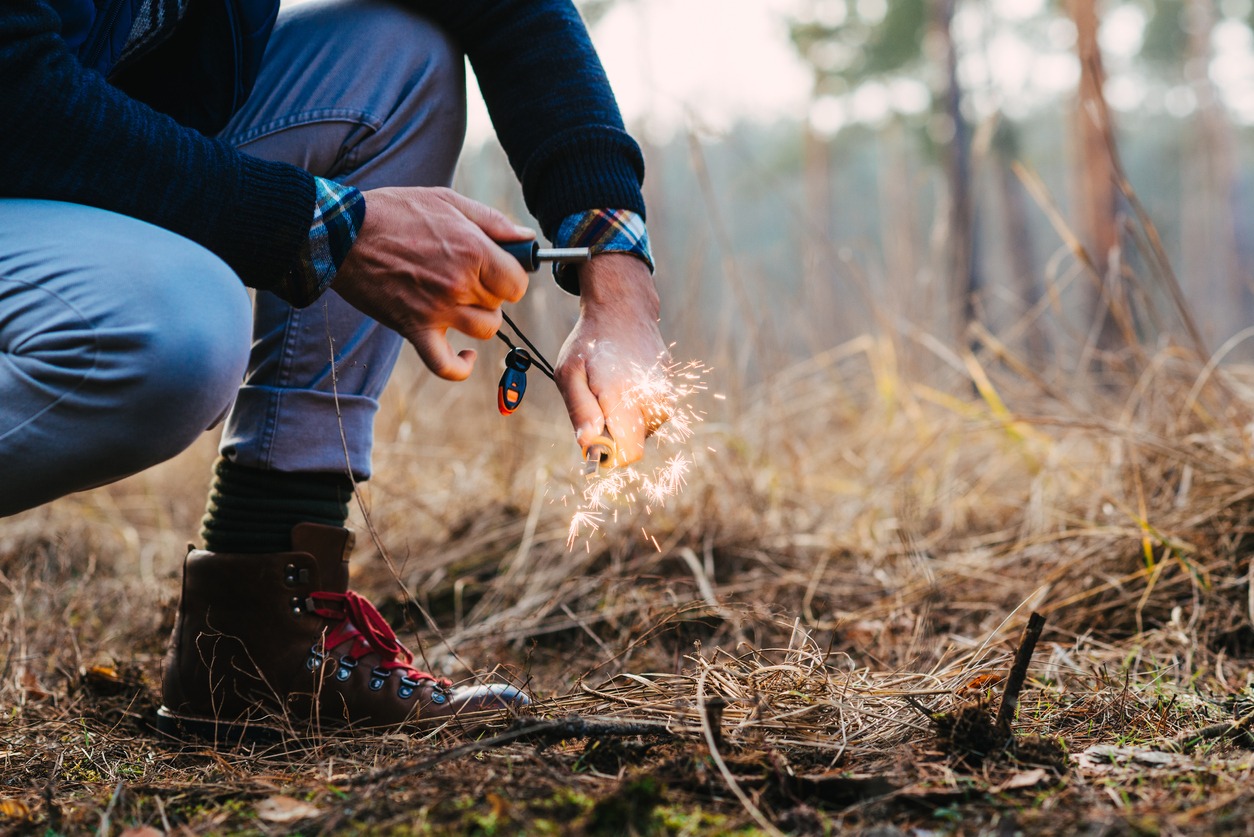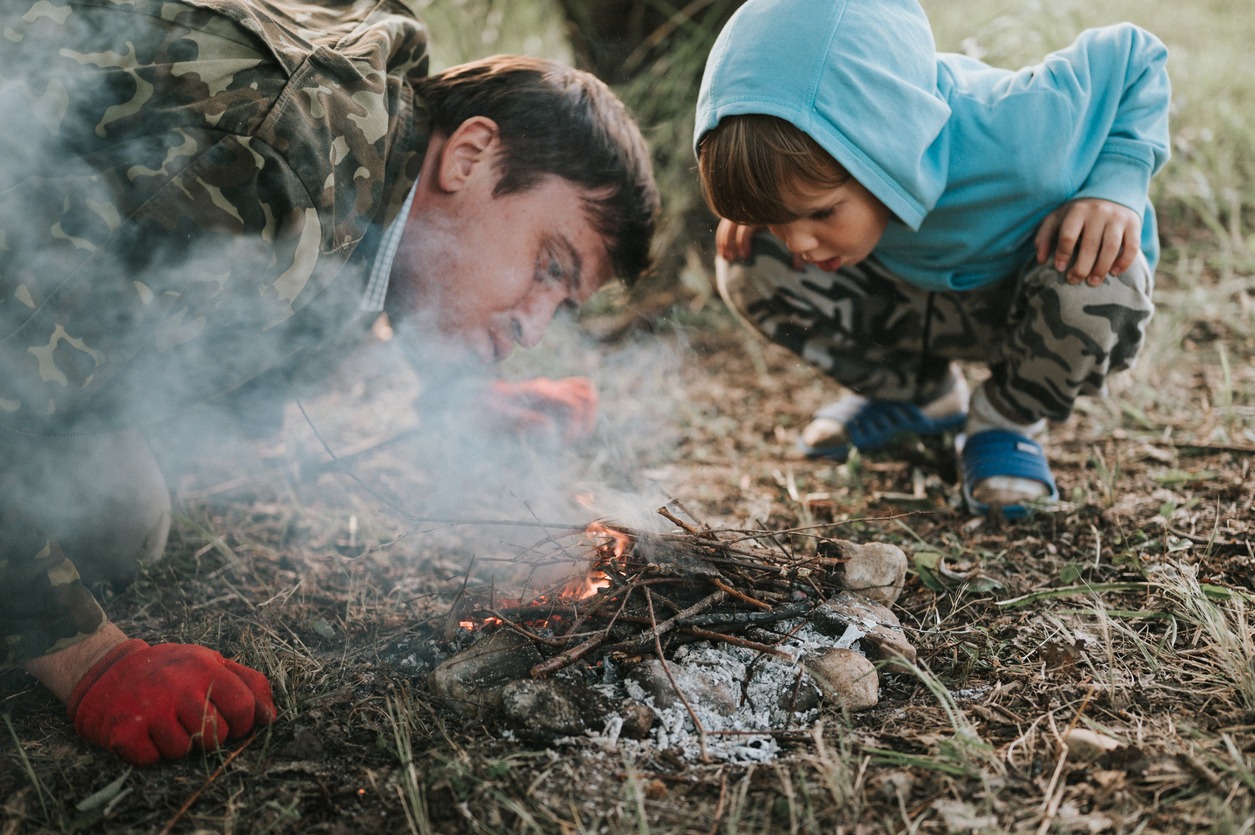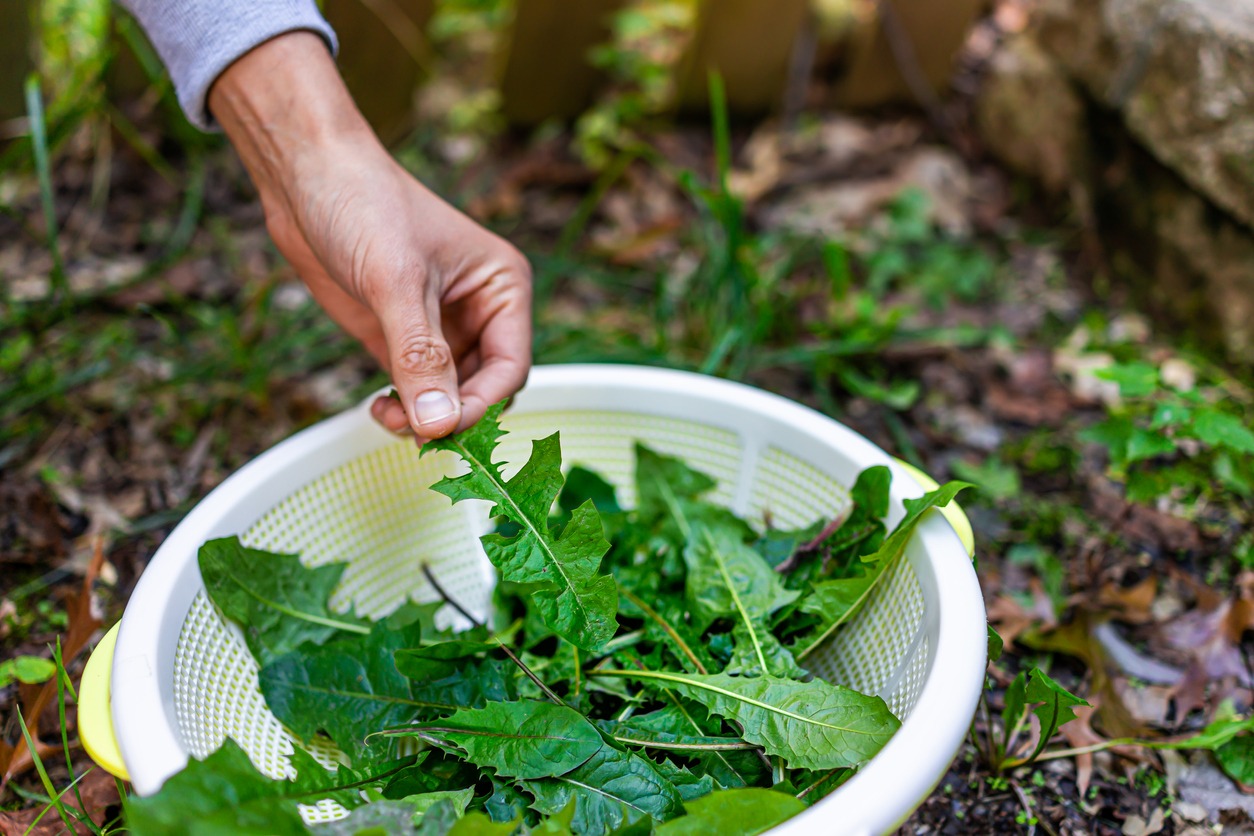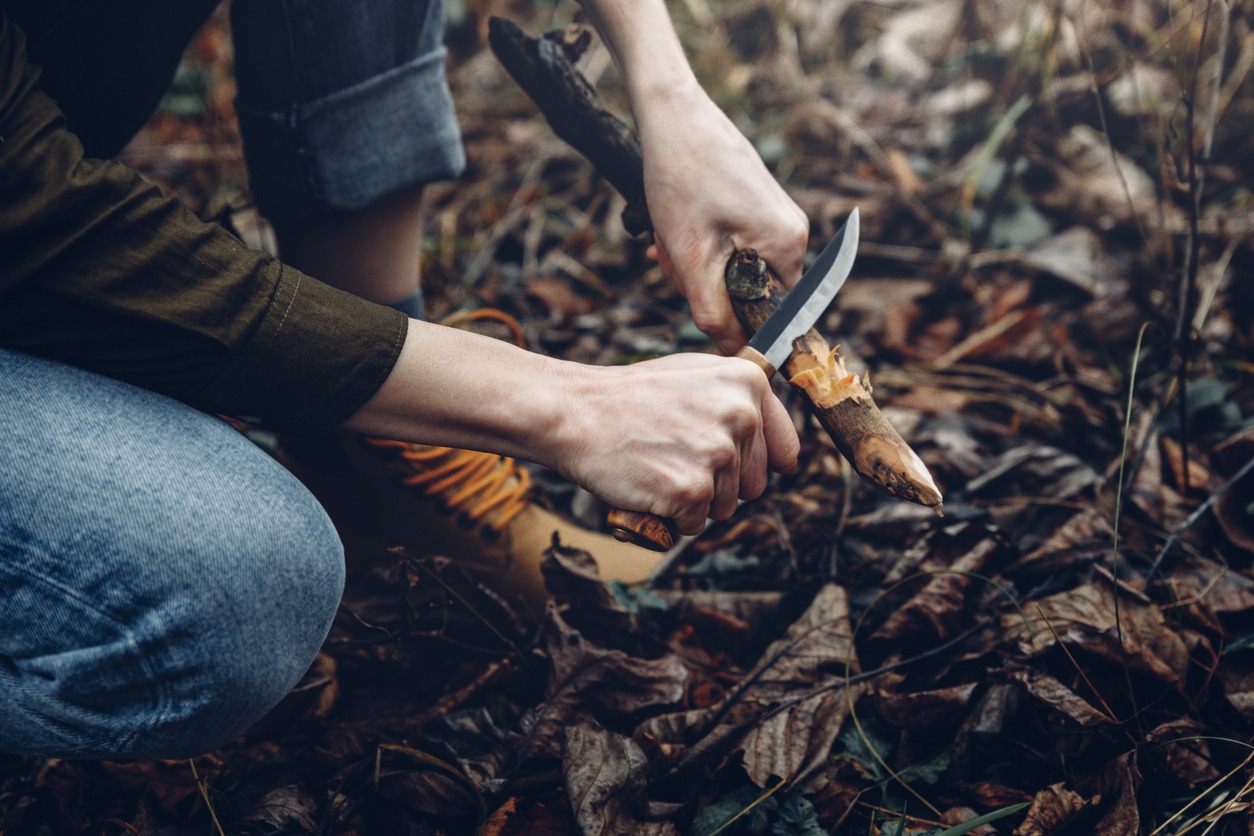It is becoming increasingly difficult to become lost in the woods in this day and age. It is unlikely that you will find yourself cut off from civilization and without any way to make contact given the prevalence of mobile phones, data roaming, and advanced GPS systems.
However, if you ever find yourself in a precarious circumstance, being well-prepared for it could very well mean the difference between life and death for you. It is simple to become unconcerned about these matters; however, the danger posed by mother nature must never be disregarded.
A dangerous game and a risk you shouldn’t be willing to take is to set out on an adventure without the proper equipment or survival skills, assuming that someone will be there to help you out if you get into trouble. This is a risk you shouldn’t be willing to take.
1. Knowing Where to Find and Purify Water
A person can go several weeks without eating, but only about 11 days without drinking water. Because of this, it is of the utmost significance to be familiar with how one can acquire water and ensure that it is fit for ingestion.
Because people require at least a half-gallon daily, it can be difficult to store enough to last for very long. This is especially the case if whatever situation one is in results in the need to travel at some point shortly. Finding drinkable water can be difficult, but if you are in a setting that is mountainous or forest-like, there is likely to be some source of fresh water somewhere nearby.
To get started, all you have to do is listen to the sound of water. If you hear the sound of running water, you should follow it; it will most likely lead you to a stream or river. In most cases, it is possible to drink this water in its natural state. If the water you find is in a pool that is not moving, the safety of the water is significantly reduced. It is recommended that this kind of water undergo some kind of purification process. The following are the most common methods used to purify water.
-
Boiling
To eliminate pathogens and parasites, it is sufficient to bring water to a rolling boil and keep it at that temperature for at least one minute. After that, additional impurities can be removed from the liquid by passing it through a coffee filter or by allowing everything to settle before carefully pouring off the majority of the liquid. This will leave the impurities at the bottom of the container, where they can be washed away at a later time.
-
Distilling
This technique requires the use of specialized equipment, which, in most cases, consists of a lid or something else analogous to capture the vapor and direct it into a new container when the substance reverts to its liquid state.
-
Using Bleach or Purifying Tablets
Make sure the water is clear by filtering it through a coffee filter or a camping filter if necessary to get rid of any large particles or cloudiness in the water. Do a quality check on the bleach to ensure that it is pure bleach and does not include any additives. Take note of the percentage; it should be 8.25% sodium hypochlorite. If the percentage is different, the drops need to be adjusted accordingly.
To each gallon of water, add 6 drops of the solution, and increase the amount to 12 if the water is cloudy. At a minimum, wait half an hour before using the water. If it does not smell faintly of chlorine after being treated, give it another treatment and let it sit for fifteen more minutes. If your water is contained in a bottle, check to see that the water that collects in the bottle’s neck and cap has also been treated.
The process of adding the tablet to water and allowing it to work is standard for the vast majority of water purification tablets. The amount of time that must pass before the water is considered safe to drink can range anywhere from 15 minutes to 48 hours, depending on the contaminants in the water.
-
Filter
Standard filters for use in camping gear and coffee makers may be able to remove larger impurities, but they are not effective against germs and other microorganisms. However, some filters can be used to eliminate contamination of this kind, and they are available.
2. Fire Making
A fire can not only keep you warm, but it can also protect you from potential threats and provide heat for cooking. It’s not always as easy as it looks to start a fire, especially if the air is cool and damp, the sky is cloudy, or you’re in a precarious survival situation with few or no supplies. There are several ingenious methods by which one can create fire without the use of any equipment; however, these methods require practice and patience. Putting your knowledge of starting fires to the test in your backyard is a fantastic way to get yourself ready for a crisis. Carving a feather stick or searching for amadou, a fungus that grows in the bark of coniferous trees, are two practices that can be used to acquire or produce dry tinder, respectively. You can also search your backyard for quartz and use it to fashion a flint, which is a stone that can produce a spark.
3. Navigation
Learning how to navigate is one of the most essential skills for survival. If you can navigate and maintain your bearings, your chances of surviving an emergency are significantly improved. Paying attention to your immediate environment, which contains a wide variety of natural cues that can be used to determine your location, is the most fundamental component of navigation.
The path of the sun is the most fundamental of these. It begins to rise in the East, reaches its highest point in the South if you are located in the Northern hemisphere, and sets in the Western hemisphere. This is wonderful, with the exception that you can’t see the sun. Look to the limbs of the trees if you are unable to see the sun. Because the sun spends the majority of the day in the southern part of the sky, tree limbs will typically point in the direction of the south as they grow. This allows the tree to receive the maximum amount of direct sunlight. When viewed from the north, trees will have fewer limbs and will grow more vertically to capture as much sunlight as possible.
The southern half of a tree will have a fuller cover of leaves, and there will typically be more limbs on the southern half. Even though it is best to steer clear of nighttime navigation whenever possible, it is possible to do so by observing the natural environment. We won’t be relying on the sun on any longer; instead, we’ll be using the stars. Because the stars do not travel along the same path as the sun, we can use their apparent rotation around the north star as a means of navigation. Lay down with a stick in your hand and align it with a star in the sky as if you were aiming for a rifle. The positions of the stars will change over time. If the star is moving in either of these directions, it indicates that you are facing one of the four cardinal directions
4. First Aid
Out in the wilderness, a minor injury such as a cut or scrape has the potential to escalate into a more serious situation very quickly. Any minor injuries can be prevented from progressing into something more serious if the appropriate first aid techniques are known and if the appropriate tools to administer the treatment are readily available. Even if you’re only going to be hiking during the day, you should still bring a first aid kit with you. Do not simply pick one up from the store without first inspecting the interior to make sure it has everything you believe you might require in the future.
5. Going Food Foraging
It might surprise you to learn that your backyard farm or the surrounding area contains a surprising number of edible wild plants. Plants are an essential source of nutrients that can provide a low-impact source of energy if you are in a survival situation. It can be difficult to determine which plants are edible because many poisonous species have characteristics that are similar to those of non-poisonous species.
Stinging nettle, dandelion, lamb’s quarters, and miner’s lettuce are among the easily recognizable plants that can be found growing in abundance across the country and are not only rich in nutrients but also flavorful. If you are new to the practice of searching for food in the wild, it is best to steer clear of fungi and mushrooms, as many different kinds can be fatal. You can also brush up on your identification skills in your backyard by consulting a local botanical guidebook. This can be done in several different ways.
6. Weapon Making
If you get lost in the woods and don’t bring a weapon with you, you won’t have much of a chance of fending off dangerous animals that are looking for an easy meal. A slingshot is an underappreciated tool that can be made in a short amount of time and with simple components that are easy to acquire around the house. You will only require a stick with a fork, some rubber tubing, and either leather or canvas for the pad.
Once you have completed the construction of your slingshot, you should practice aiming and shooting it by placing a few targets around your yard. While you are discharging your weapon, you should always wear eye protection and make sure that no one is in your line of sight.
7. Creating a Shelter
Learning how to construct a basic lean-to shelter using sticks and basic thatching techniques can be accomplished in the span of a weekend. It is possible that it won’t work in the long run, but if nothing else, it will provide shelter in an emergency. It is important to keep in mind that a shelter that is constructed out of flammable materials such as branches and other similar materials must be built a safe distance away from the campfire. The location is very significant. It is in everyone’s best interest to maintain a safe distance from any depressions or water sources to avoid flooding. Because it can be dangerous to build a shelter that is too close to the stomping grounds of a predator, it is important to keep an eye out for wildlife pathways. This can be done by keeping an eye out for wildlife.
8. Staying Warm
If you want to keep warm during the night or when it’s cold outside, you should construct a shelter for yourself or start a fire. What should you do if the wood you have is wet, or if you find yourself in a location where there is nothing with which to construct a shelter? If you go during the fall or winter months, you should be prepared for the fact that the days and nights will both be brisk.
What can you do to stay warm if the only clothes you have are the light jacket and jeans you were wearing when you were stranded? The most effective step you can take is to leave some space for air between your skin and any clothing you wear. Stuff as much material as you can into your clothing; leaves, grass, or whatever else you can find; to create a gap where air can gather to keep you warm.
Stuffing your clothing with as much material as you can keeps you warmer. You can also put the material in between multiple layers if you have more than one of those layers. This is not a foolproof method for keeping warm, but if you don’t have the tools or the ability to build a shelter or a fire, then it could mean the difference between surviving and freezing to death.
9. Hygiene
It is easy to take one’s bathroom for granted, but in the event of a crisis or natural disaster, there is a possibility that there will be none available. When there is a shortage of running water or none at all, even simple hygiene tasks like brushing one’s teeth, washing one’s hair, taking a shower, and flushing one’s waste become significantly more challenging.
Baking soda can be used to brush one’s teeth in a pinch, and it is completely safe to swallow after use. When relieving oneself in a wilderness setting, it is best practice to bury waste approximately three feet deep and to do so a safe distance from any water sources. In some instances, you’ll need to wash your hair with a sponge, and it’s a good idea to stock up on some kind of dry shampoo just in case.
10. Creating Knots
Knots can be employed in a wide variety of contexts, including the construction of a dwelling, the setting of a trap, the securing of food to prevent wild animals from accessing it, and many other applications. Some knots are designed to be easily undone, while others are intended to maintain their secure position indefinitely. Having the ability to tie them up when required is a necessary skill.
There are a variety of circumstances in which having survival skills could prove to be useful. Certain skills are likely to be required in almost every circumstance, even though different scenarios will unavoidably call for a unique set of competencies. Because they take care of the things that are required to live; not necessarily to be comfortable or to thrive, although those things would be nice; these skills are important because they take care of the things that are required to live.



